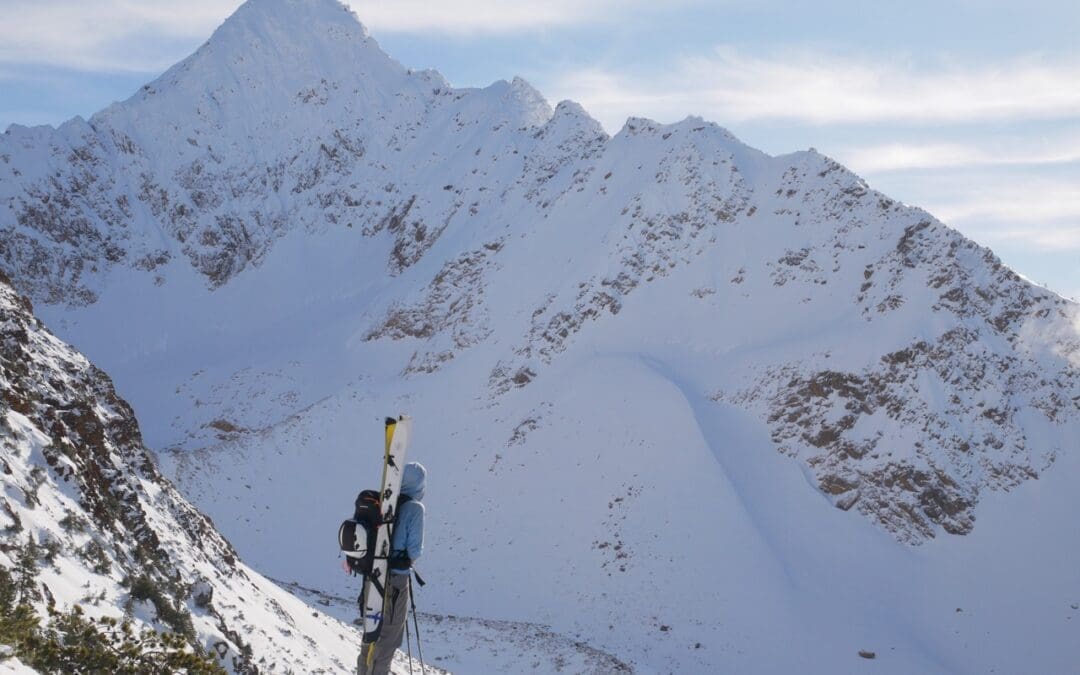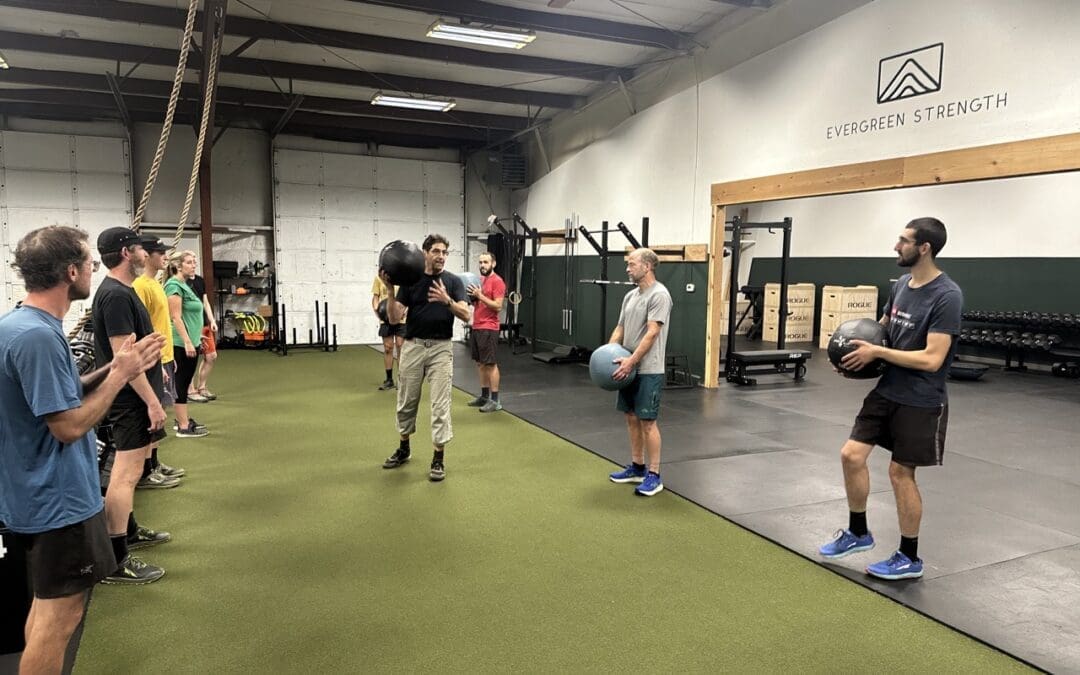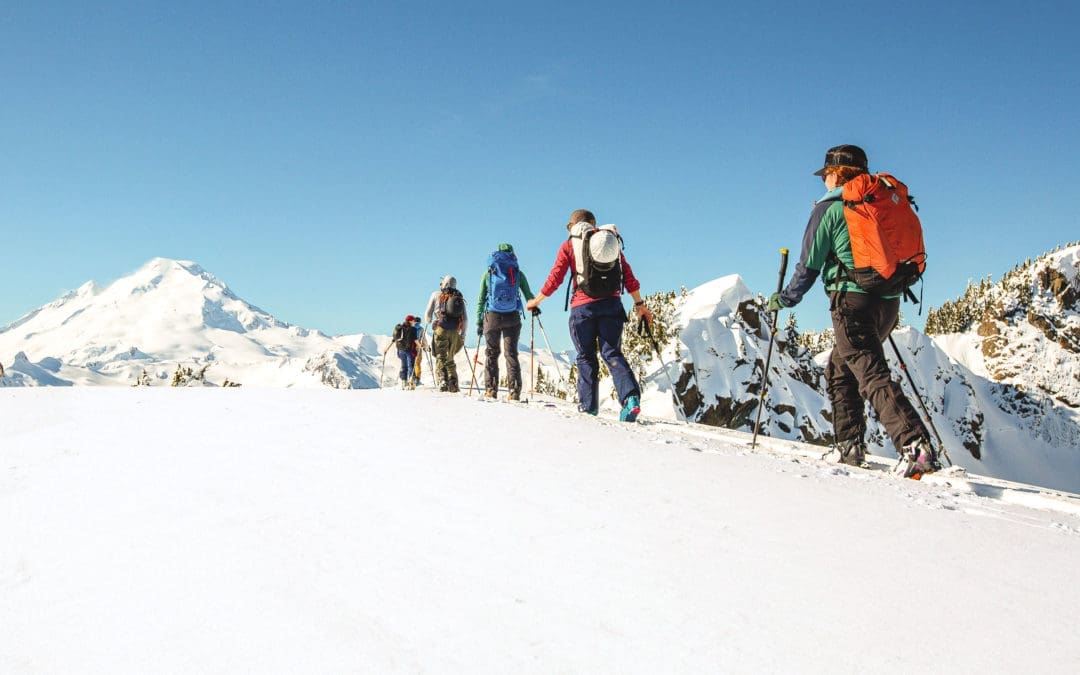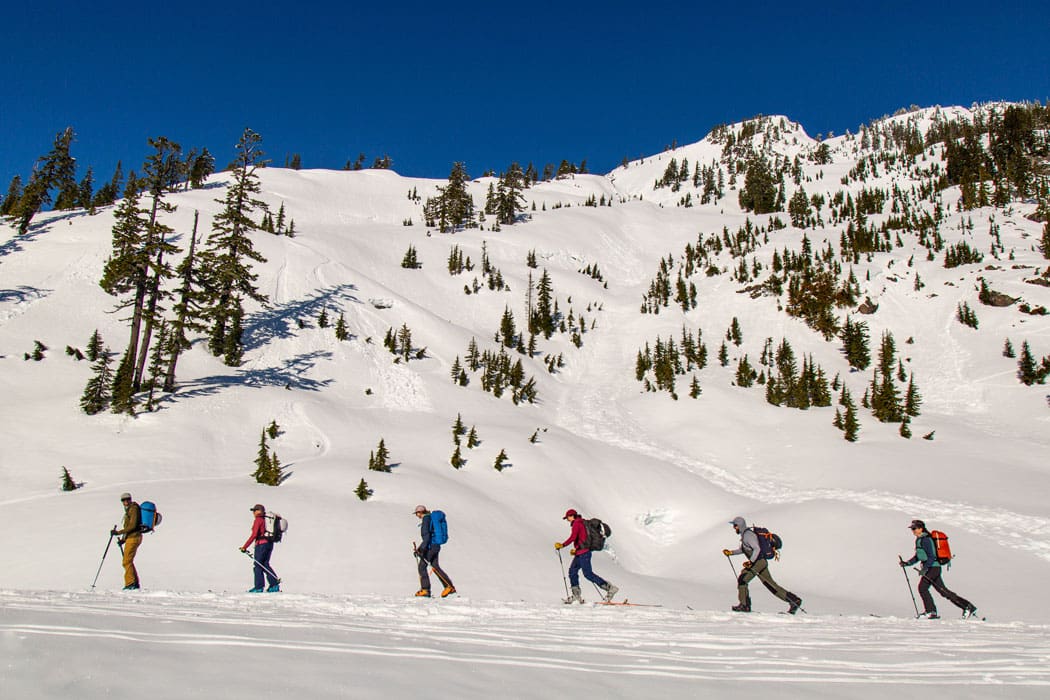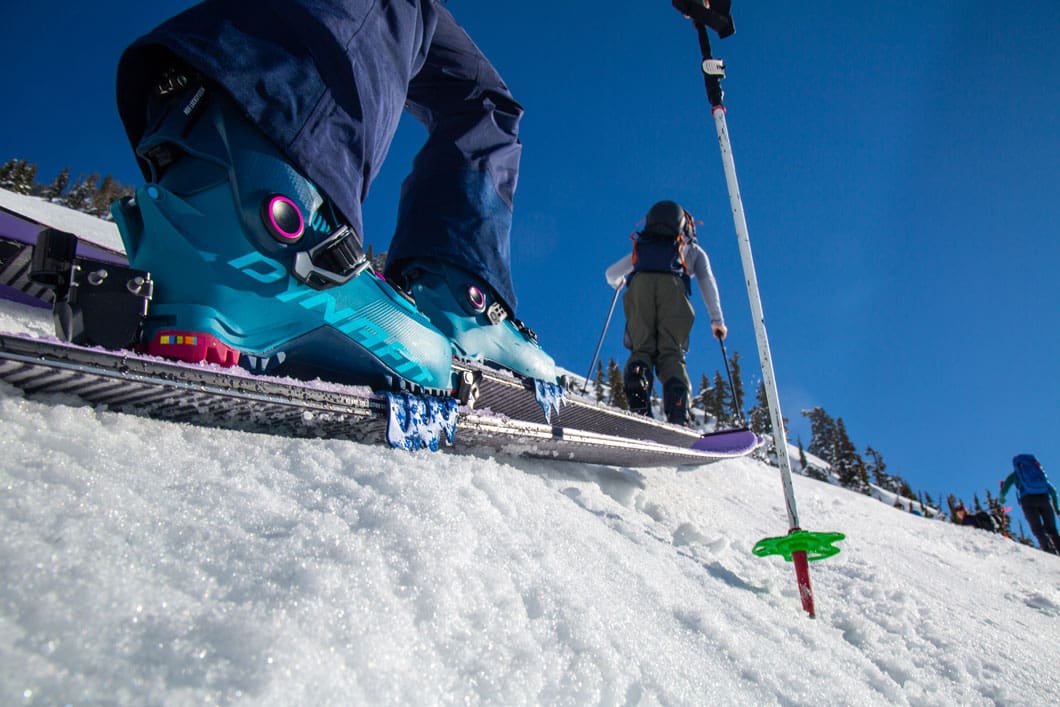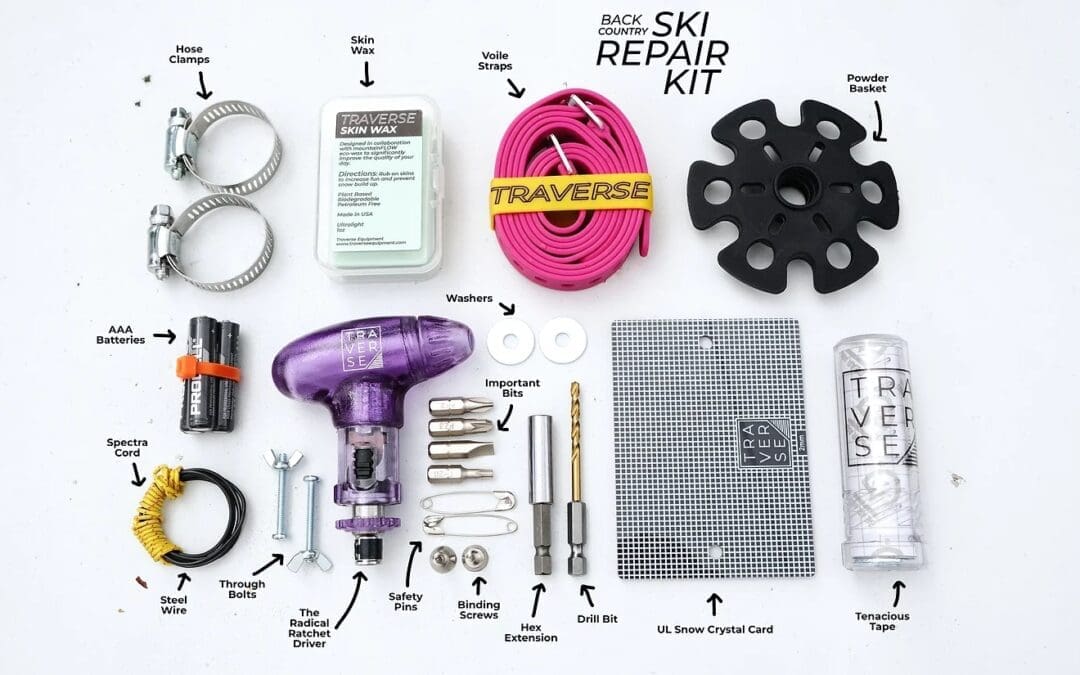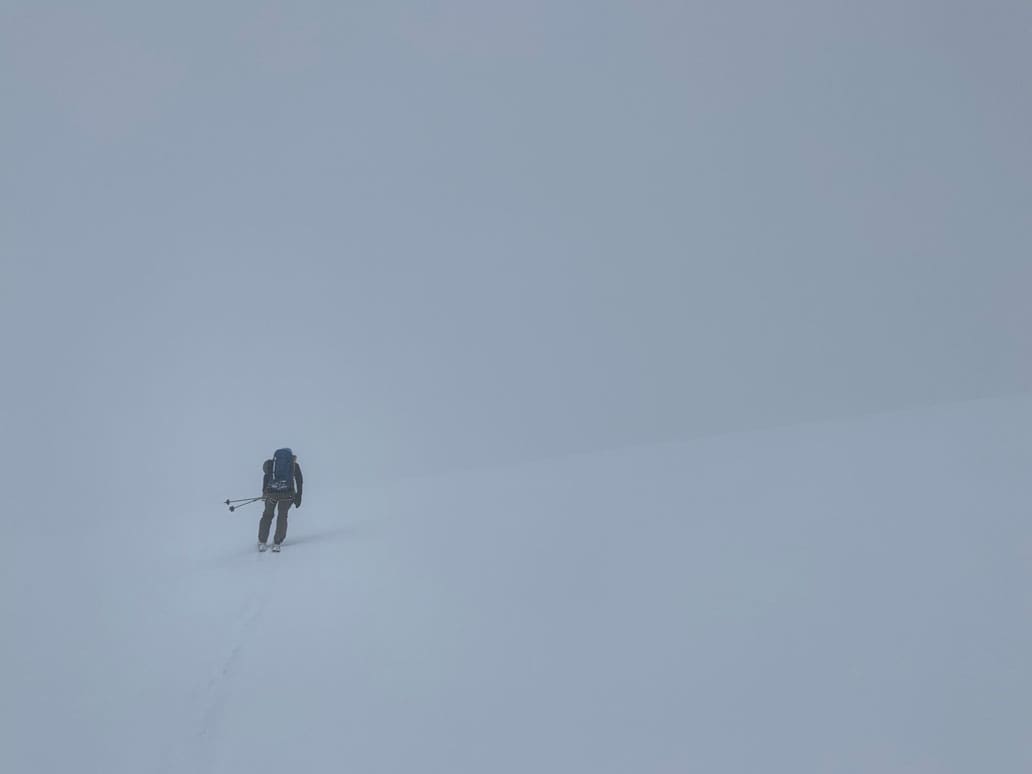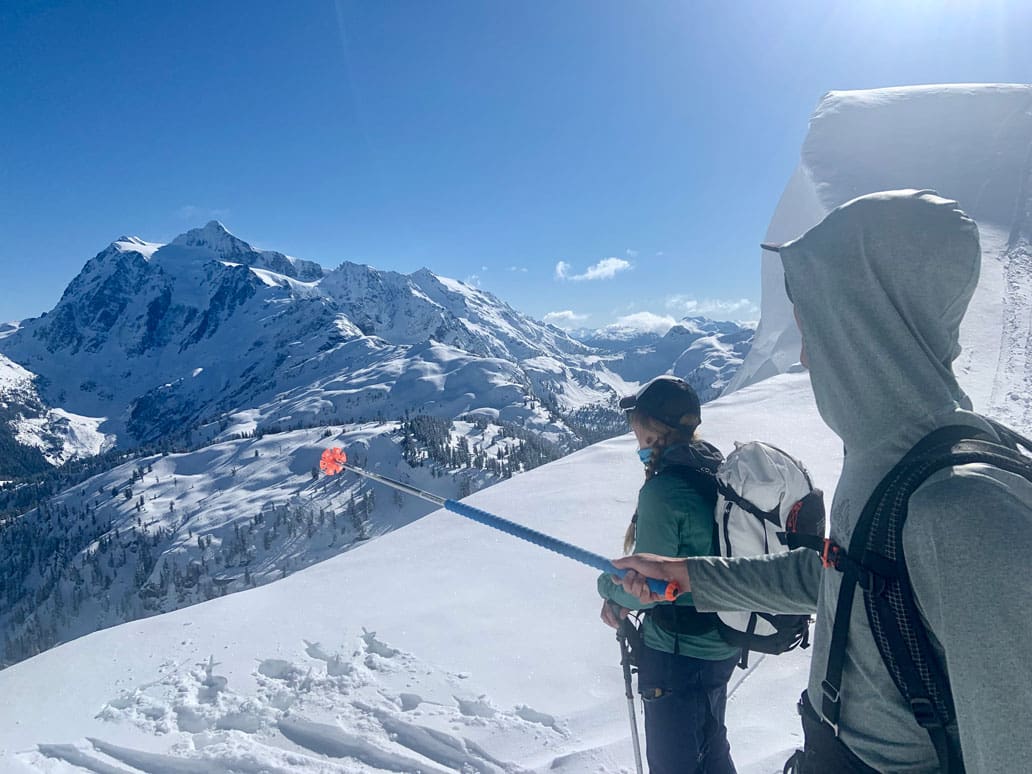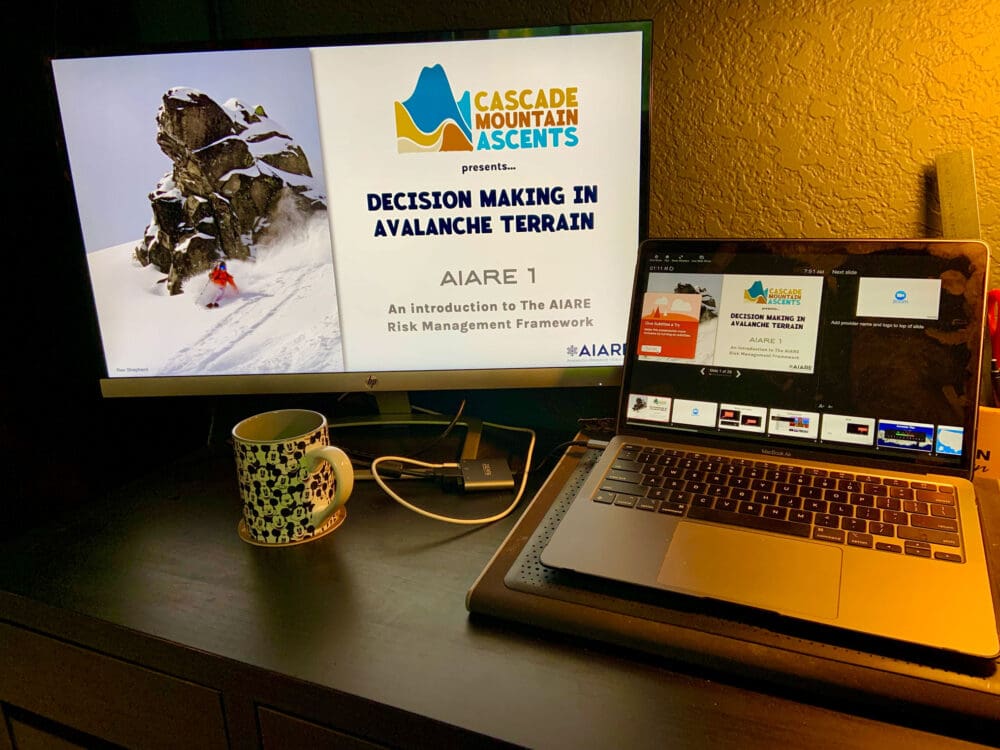Human Factor in Backcountry Skiing and Riding
By: Zack McGill
The “human factor” is the blanket term used by most avalanche professionals to describe common heuristic traps backcountry travelers fall into that lead to poor decision making and, consequently, avalanche incidents. Though some avalanche incidents are the result of ignorance, the vast majority occur because the party involved made critical decisions based on human emotion and desire (The Human Factor) rather than facts and data.
In the early 2000s, Ian McCammon proposed that the main human factors that influenced decisions in the backcountry were: Familiarity, Acceptance, Consistency (which I like to call Commitment), Expert Halo, Tracks/Scarcity, and Social Facilitation you can remember using the acronym FACETS. You can read his whole paper HERE.
Basically, heuristics are the short cuts we use to make quick decisions based on our own bias and view of the world. FACETS outlines six common heuristic traps, but there are many more! Before we go into those, let’s first look at the six outlined by Ian. The video below does a pretty good job of walking us through them. Beware if you have impressionable little ones around, there’s some poopy language.
Familiarity
“These slopes are my backyard.”
“I ski here all the time.” “This slope never goes.” Just because you’re familiar with an area or have ridden a slope before and didn’t trigger an avalanche doesn’t make it safe. The mountain snowpack is constantly changing and a slope that was “safe” yesterday may not be “safe” today. More important than familiarity with a particular slope is familiarity with the most recent conditions so you can make educated decisions.
Acceptance
“We dance with the big guy in the white suit all the time!”
Seeking acceptance from your friends or peers can cause you to do the dumbest things. In school, you heard this human factor called “Peer Pressure”. Whether we admit it or not, as humans, we all want acceptance from our peers. It feels good to be liked. It’s important to realize that our desire for acceptance can lead us to take more risks than we would normally.
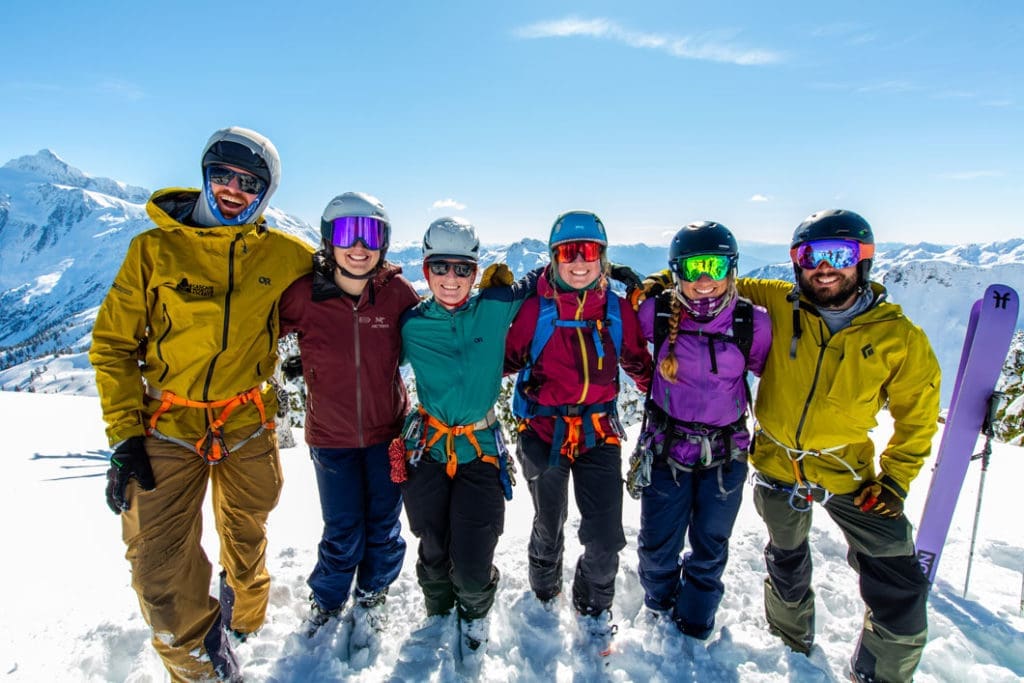
Commitment
“If you’re not first, you’re last.”
Have you ever turned around just before reaching the summit of a mountain? If you have, good for you! You probably felt the pull of the commitment human factor but overcame its call to keep going. Once we as humans set a goal, it’s tough for some of us to let that go. Most simply, “commitment” is the pressure you feel to accomplish your Plan A. Plan A is usually the coolest thing, so OF COURSE you want to do it.
You can set yourself up for success, however, by ensuring that you provide your team with a plethora of back-up options that are equally (or at least nearly) as cool as your Plan A. You aren’t doing anyone any favors if your plan is to ride Mount Gnar Town Sick Sicky (Plan A) or go home and scrub your toilet for a few hours (Plan B). If you set yourself up like that, you’ll choose Plan A every time whether it’s a good idea or not.
Expert Halo
“I’m totally safe, I hired a guide.”
It’s easy to let someone more knowledgeable take the lead on things and make all the decisions because they have more experience than you. This is the expert halo in action. We mistakenly believe that just because we’re with an expert, we’ll be alright. Well, experts are humans too, and, as such… make mistakes.
When your life is on the line, you should want to be involved with the decision making process. Going out with people who know more than you is a great way to learn, and yes, experts are experts for a reason, but make sure you don’t just blindly follow along. Ask questions and be involved in the decision-making process.
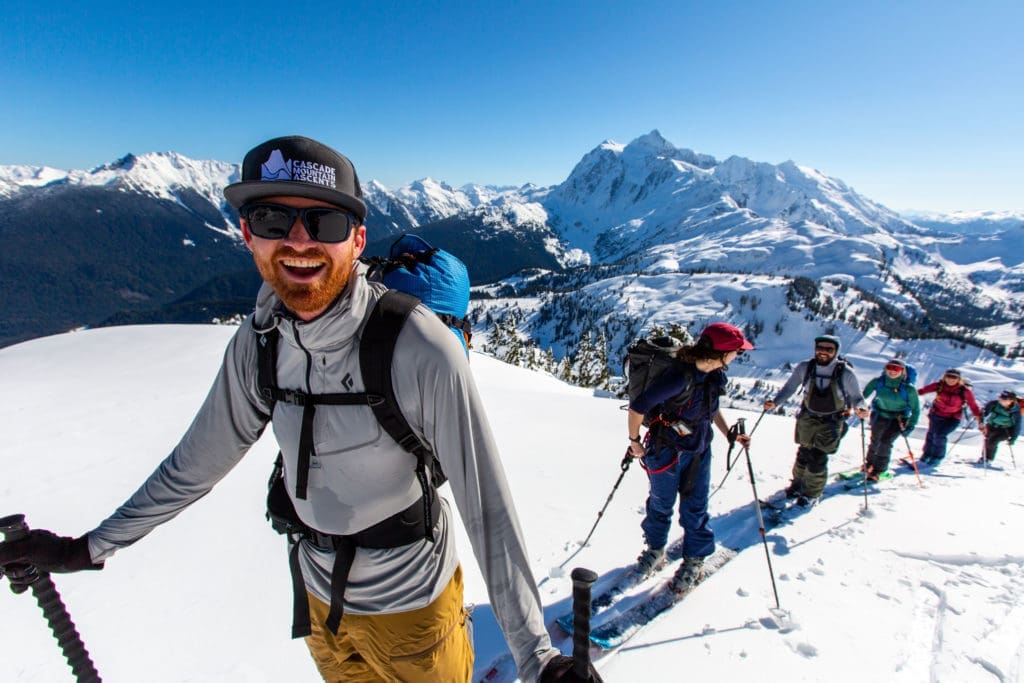
Tracks
“Cool! Those two just rode ‘Death Picnic’ Should we ride it?”
It’s all too common for folks to assume that if there are tracks on the slope, it must be safe. This is not the case. To demonstrate this fallacy, on level one courses I always show the video below of seven riders riding down the same slope one at a time. Six riders make it down without incident, but rider seven skis in between two other tracks, triggers the avalanche, and dies when they get carried into trees below. Though a tough watch, it illustrates the point here… tracks don’t mean a slope is safe.
Tracks are just other people’s decisions drawn out on slopes for you to see. Pretend like they aren’t there and make your decisions based on the facts.
Scarcity
“Let’s hit it before some bandit snowboarder steals our line!”
I like to call this “Mad Pow Disease” because it makes me giggle to think of powder hungry backcountry tourers foaming at the mouth to get out there and shred. It’s also pretty fitting. People do the darnedest things and get irrationally angry where cold snow is concerned. This is because powder is a limited resource that only exists for a short amount of time and backcountry skiers and riders, LOVE pow. Consequently, we can sometimes get pressured into riding a slope because we feel the need to take advantage of the scarce resource and make decisions quicker than we should so that we can ride the slope before anyone “steals our line.”
FACETS
There you go folks: FACETS. Six of the most common human factor traps for backcountry skiers and riders. The video below is a bit more professional than the robot bears above and is a great review of these concepts with actual professionals.
Beyond Facets
The paper: Rethinking the heuristic traps paradigm in avalanche education: Past, present and future in 2020 really put to words what we already knew: FACETS is way too basic and doesn’t encompass the complexity of the subject. In the paper, they identify up to 53 factors (for those bad at math, that’s way more than six) for decision making in avalanche terrain.
Further, they posit that avalanche related decisions are also influenced by “a range of external factors such as; environmental, organizational, and demographic,” and, in the “wicked learning environment” of the mountains, feedback isn’t always forthcoming. Bad decisions don’t always result in avalanche incidents. Sometimes we just get away with it and get lucky.
Rather than regurgitating the words of professional researchers, I encourage you all to read the paper above. It’s GOOD. When you do, take the time after to sit with the information, note which heuristic traps you personally are more susceptible to. Also, take note of which ones your friends are most susceptible to. It all starts with awareness of how you and your partners are affected by emotion will hopefully help you recognize when you’re straying from logic and allow you to call it out.
Make sure to check out The Backcountry Skiing Guide for more great educational content.

